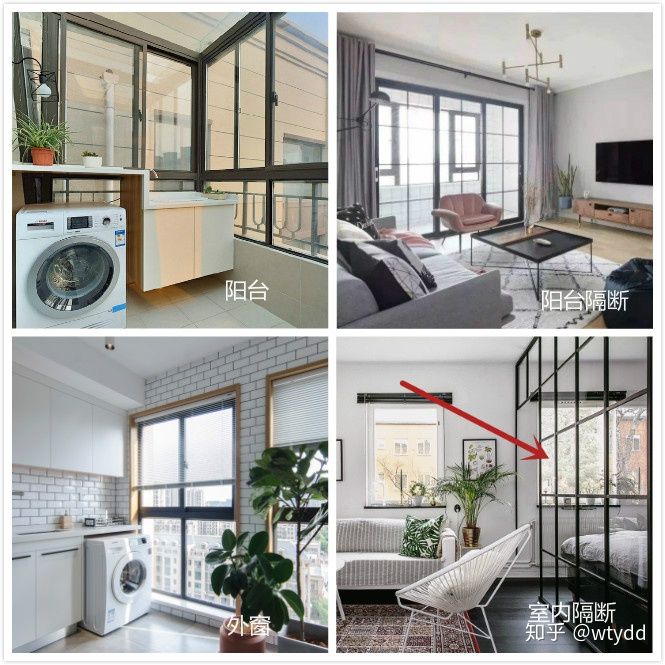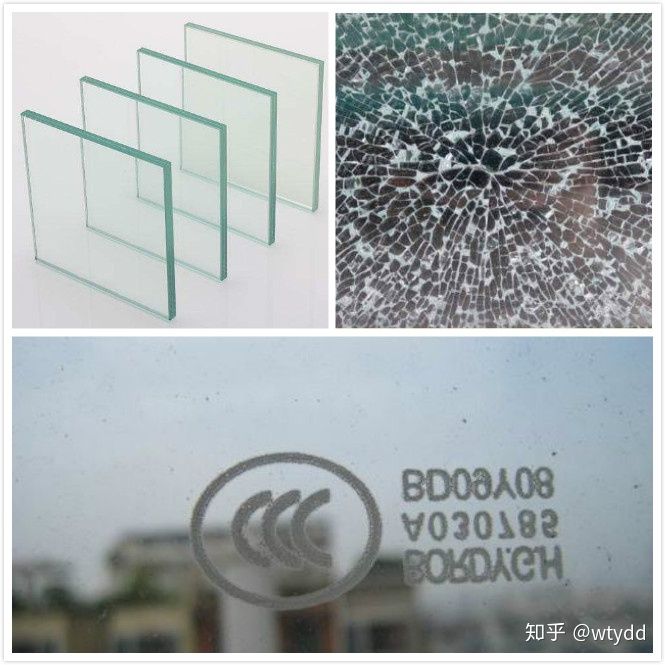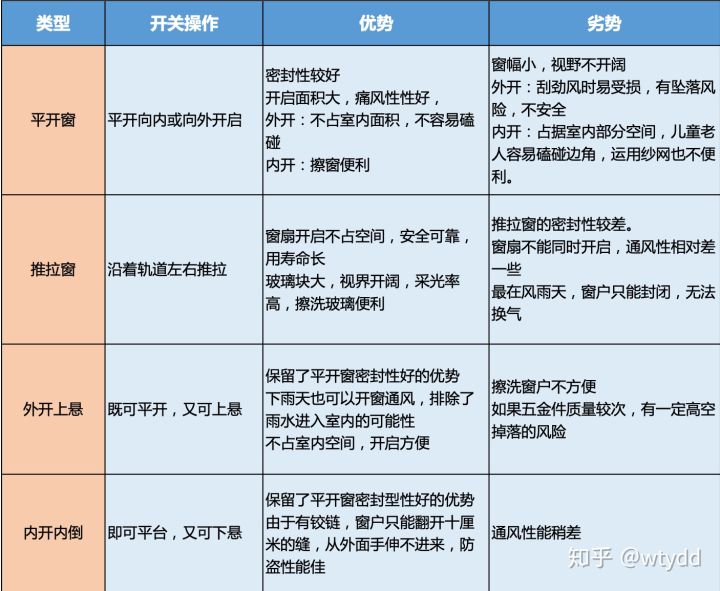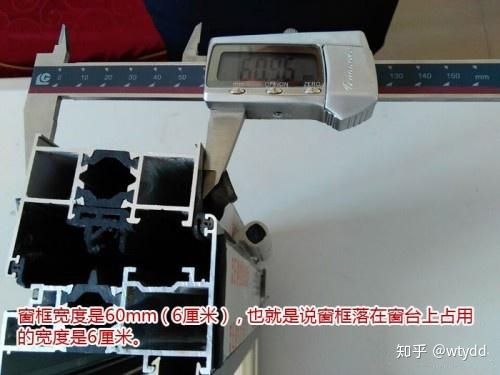1. Select the wall thickness of the profile
When choosing broken bridge aluminum alloy windows, you must choose broken bridge aluminum windows with thicker materials. At present, many merchants will cut corners on the thickness in order to obtain high profits, so they must pay attention to whether the thickness meets the use requirements when purchasing.
2. Look at the heat insulation strip
Insulation strip is a key component in Broken Bridge aluminum. This insulation strip must use PA66 nylon as the material stipulated by the state. If it is a general PVC insulation strip, it will not withstand the environment such as excessive temperature difference, the service life will decrease.
3. Select original products
Try to choose original products instead of secondary spraying products. Because many people don't understand the resolution method of broken bridge aluminum windows, they often buy broken bridge aluminum aluminium windows of secondary spraying. Such broken bridge aluminum windows are of poor quality and should be carefully purchased.
Step 1: Determine the profile-inner window or outer window?
Let's draw a conclusion first: recommend windows are used for broken bridge aluminum windows. Inner window: recommend plastic steel, aluminum magnesium or ordinary aluminum alloy.
Outdoor window refers to the window connecting indoor and outdoor, which requires high stability, sealing, sound insulation and heat insulation, so it is necessary to allocate more budget to buy better profiles, glass and hardware, etc. Indoor windows are generally used for space division and beautiful room services. They do not pursue high performance such as sealing. They can use plastic steel or ordinary aluminum alloy with lower cost, and pay attention to moisture resistance, save space and other performance.

Ordinary indoor window: plastic steel, ordinary aluminum alloy and aluminum magnesium are recommended, and the opening method is preferably sliding window.
Indoor Partition: The material is the same as above, and the opening mode is pushed and folded, which can save space.
Balcony partition: it is recommended to retain certain sealing effect, plastic steel is the best, followed by Broken Bridge aluminum
Toilet partition: moisture-resistant, corrosion-resistant, more recommended aluminum magnesium, push-pull or folding door, with frosted glass
Step 2: determine the glass
1. Soundproof glass or ordinary glass?
First, the conclusion is as follows:
It has high requirements on sound insulation, in noisy environments such as roads, or decibel meter detects that the indoor noise during the day is more than 70 decibels, and rubber-laminated hollow glass can effectively block the low frequency noise with stronger penetration.

Laminated glass

The requirements for sound insulation are general, or the indoor noise during the day is measured at 50-70 decibels decibel meter. Under normal circumstances, ordinary double glazing unit is enough. The glass configuration is 5 12A 5. If necessary, rubber-laminated hollow glass can also be selected.
There is no requirement for sound insulation. The window opening noise is less than 50 cents during the day. In fact, single-layer glass is fine, but currently the standard on the market is basically hollow glass.
According to the environmental noise emission standard of social life, the environmental noise of residential areas should not exceed 50 decibels during the day and 40 decibels at night, especially the bedroom at night should be controlled within 35 decibels.
Double glazing unit can reduce noise by about 20-30 decibels, and rubber-laminated hollow glass can reach 35-40 cents, even higher.

In addition to the direct physiological feeling of noise, the following three kinds of conditions can be used as a reference
1. Look at the environment. If the House is facing the street, it is close to noisy living places such as business circles and hospitals, or there are high-speed trains and subways passing.
2. Look at the floor. If facing the street, the noise peak of the small high-rise building will appear on the 5-8th floor and the noise peak of the high-rise building will appear on the 10th floor. Therefore, the noise of the 5-12th floor is generally higher than that of other floors, the noise on the lower floor is low due to the barrier. If it is in a relatively quiet residential area, the floor and noise are not necessarily related. (Data comes from the network)
3. Look at the function. Bedrooms, study rooms, etc. require quiet, so there is no need to pursue sound insulation in the kitchen and bathroom.
Of course, if you have the conditions, you can buy a coin detector, which is about 100-200 yuan, or download a few apps to test the sound on your mobile phone, and then decide whether to use soundproof glass.
2. Do you want tempered glass?
Conclusion: According to regulations, the floor is 7 floors or more; Window glass with an area of more than 1.5 square meters or floor-to-ceiling window with a bottom edge less than 500mm from the final decoration surface; Tempered glass is required in both cases. Choose other situations.
When tempered glass is damaged by external force, fragments will become honeycomb-like obtuse angle broken small particles, which is not easy to cause serious harm to human body.
3. Do you want low-e Glass?
Conclusion: We recommend that you use low-e Glass for rooms with long direct sun exposure. Generally speaking, we recommend that you use low-e Glass for South and West sun exposure (strong sunshine in the afternoon). If there is sun in the morning, you can choose it by yourself. Those facing North can not use it.
Baidu Encyclopedia explanation:
Low-E glass is low-radiation coated glass, which is a film product composed of multiple layers of metal or other compounds plated on the glass surface. Its coating layer has the characteristics of high transmission of visible light and high reflection of COSCO infrared ray, which makes it compared with ordinary glass and traditional architectural coated glass, it has excellent heat insulation effect and good light transmission.

In winter, the indoor temperature is higher than that of outdoor, and the far infrared heat radiation mainly comes from indoor, and LOW-E glass can reflect it back to indoor so as to keep the indoor heat from pouring out. In summer, the outdoor temperature is higher than indoor, and the far infrared heat radiation mainly comes from outdoor. Low-e glass can reflect it out to prevent heat from entering indoor.
The function of Low-Glass, in short, 4 words, heat insulation and energy saving
Finally, it is emphasized that the sound insulation treatment, tempering treatment and low-e film treatment of glass can be superimposed, and you can stack them according to your own needs.
Step 3: confirm the opening method of Casement (confirm the hardware type)
Conclusion: it is the most pour inside to open the recommend inside, especially if there are children at home, it is safe and practical. Adults can open the ventilation inside, adults are not nearby, and they can pour inside. Children can't climb out.
Broken Bridge aluminum sliding window poor sealing, not recommended.
At present, there are four mainstream opening methods for broken bridge aluminum windows: flat opening, inner opening, inner falling, outer opening, upper hanging, push and pull. Sliding window the sealing performance is relatively poor, which is not recommended.

From the floor, there are the following suggestions

Low floor: it is recommended to open and fall inside, and have certain ventilation while ensuring anti-theft.
4-8 floors: on the premise that the community is allowed and the wind outside the window is not strong, it can be opened outside or hung outside, saving indoor space and avoiding Casement when opening the window.
High floor: open inside and fall inside, high air wind is strong, and open inside is safer.
Step 4: determine the number of hardware sets
Conclusion: Currently, the market agreement: Generally 3 square meters open a casement, 10 square meters balcony open 3 windows is reasonable, 4-6 square meters window open two casement, 3 square meters below 1 Casement
In order to ensure the ventilation of windows, a certain number of Casement need to be opened, but there are many windows, and there are also some problems. First of all, the sealing performance of doors and windows will also be affected. Secondly, if more Casement are installed on the middle frame of the window, the supporting force on the profile itself will be relatively large, which may cause some potential safety hazards. In terms of the number of Casement opened, the current agreement of door and window manufacturers: generally, 3 square meters open a casement, whether it is reasonable or not, because I don't understand it, I will not make a conclusion first.
Tips:
1. Casement it is best to install it on the side of the window against the wall, which can not only rely on the supporting force of the wall to ensure safety, but also form air cross ventilation.
2. If you pursue the beauty of the window, in terms of design style, the proper use of a large area of fixed windows will make the decoration style one step on the whole.

Step 5: confirm the Profile specifications
Conclusion: If there is a sound insulation requirement, rubber-laminated hollow glass is selected. It is recommended to choose 70 series and above for profiles, such as ordinary hollow glass, 60 series and 65 series.
Why is it placed at the end to confirm the profile specification? Because the specification of the profile is mainly affected by the thickness of the glass, the thicker the glass, the wider the profile specification is needed, and the thicker the glass, the heavier the quality, and the stronger the support is needed, 70 series wall thickness 1.8mm, stronger. Rubber-laminated hollow glass, the overall thickness is thicker than ordinary double glazing unit, and the quality is also much heavier, so 70 series and above profiles are needed.









